
A show about relationships with the land
There are many ways to listen to the show: Listen live on CFRU 93.3 fm broadcasting from the University of Guelph Mondays at 6pm EST or listen to the podcast via Spotify, Apple, or just follow the rss feed.

Ep. 239 : Wood Rots
Ok, so this is weird, but I love death.
Dying, decay, decomposition, breakdown.. synonyms that sort of warm my heart in a strange kinda way. When I think of death I think of nutrients breaking down into small parts, making it easier for other things to consume and to continue to grow and live. I too am grateful to those things which help break things down. The decomposers which turn trees into soil and enable all the plants to grow, soil bacteria to thrive and create suitable substrates to all the fungal bodies in the dirt.
Today’s show is all about those fungal forms which help breakdown trees into consumable soil nutrients; white rot and brown rot. I have talked about them before on the show, but I wanted to dig in a little bit more.
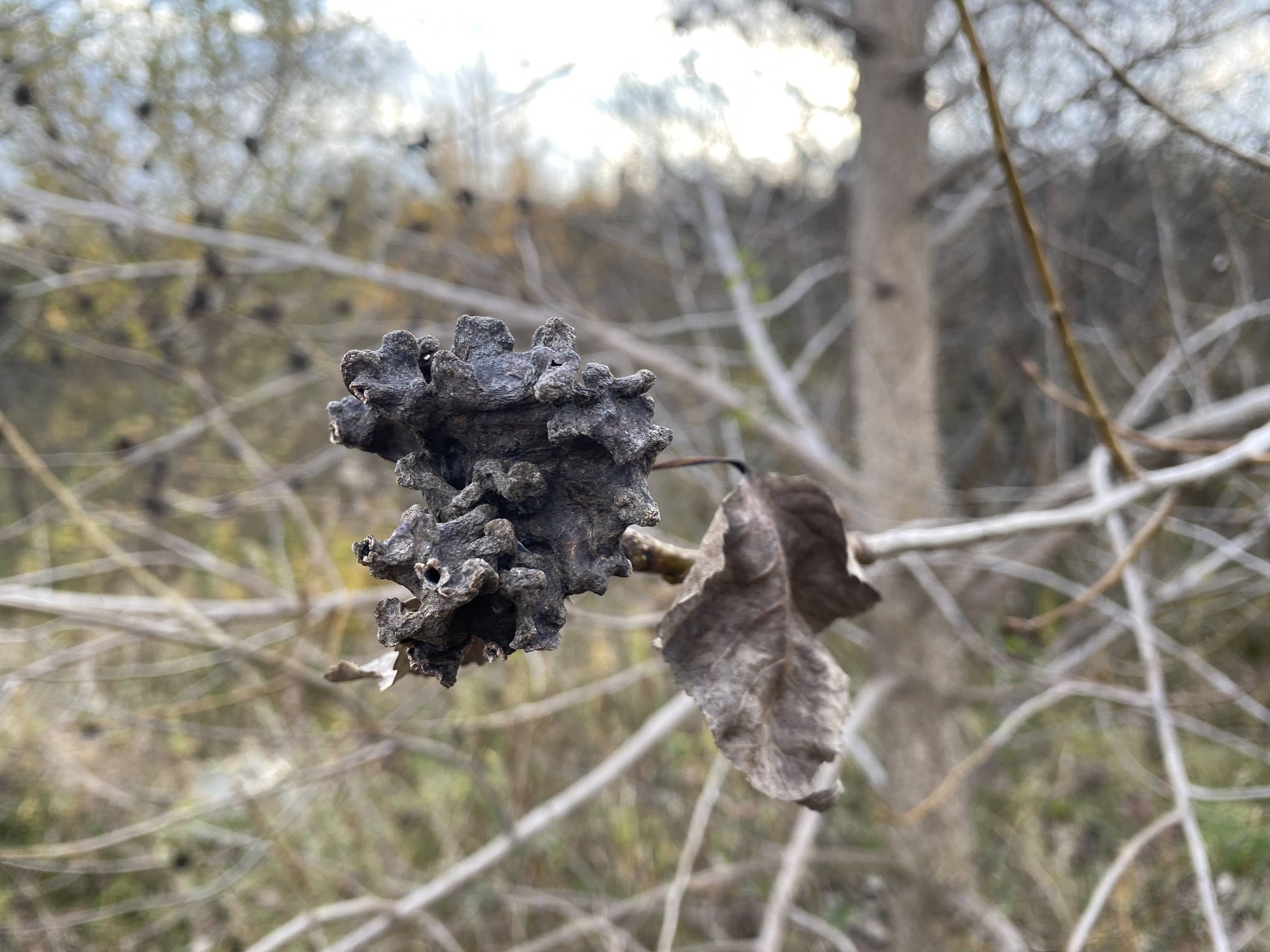
Ep. 238 : Looking At Two Unusual Galls
This passed weekend I was able to go out tracking with folks at Wiijindamaan where I once again notice the Poplar Vagabond Aphid Gall. And last week, I was having another conversation with folks about the Spruce Pineapple Adelgid Gall. Galls persist through the Winter and into Spring when many of the insects which have created them will begin to emerge.
Since now is the time to be keeping an eye out for the insect emergences, I figured I would share my excitement for these two galls. Not only are they beautiful and unusual, but they also highlight my growing feelings on what I call “biology 202”, a deep appreciation for the complexity of life beyond our cultural assumptions. It’ll make more sense when you hear it.

Ep. 237 : Turtles of North America With Kyle Horner (and salamander migration mini report back)
Did you know that birds are more closely related to turtles, than turtles are to snakes? I just learned that. Do you know what cloacal breathing is? I bet you do… but how does it work? That’s some of the interesting stuff I got to ask naturalist, author and educator Kyle Horner recently when we spoke about his new book Turtles of North America.
And this week’s show isn’t just about turtles! It is a bit of reptilian and amphibian mashup, because for the second part I give a short report back from a recent field trip down to Sudden Tract to check on Spring salamander migration. Tis the season!
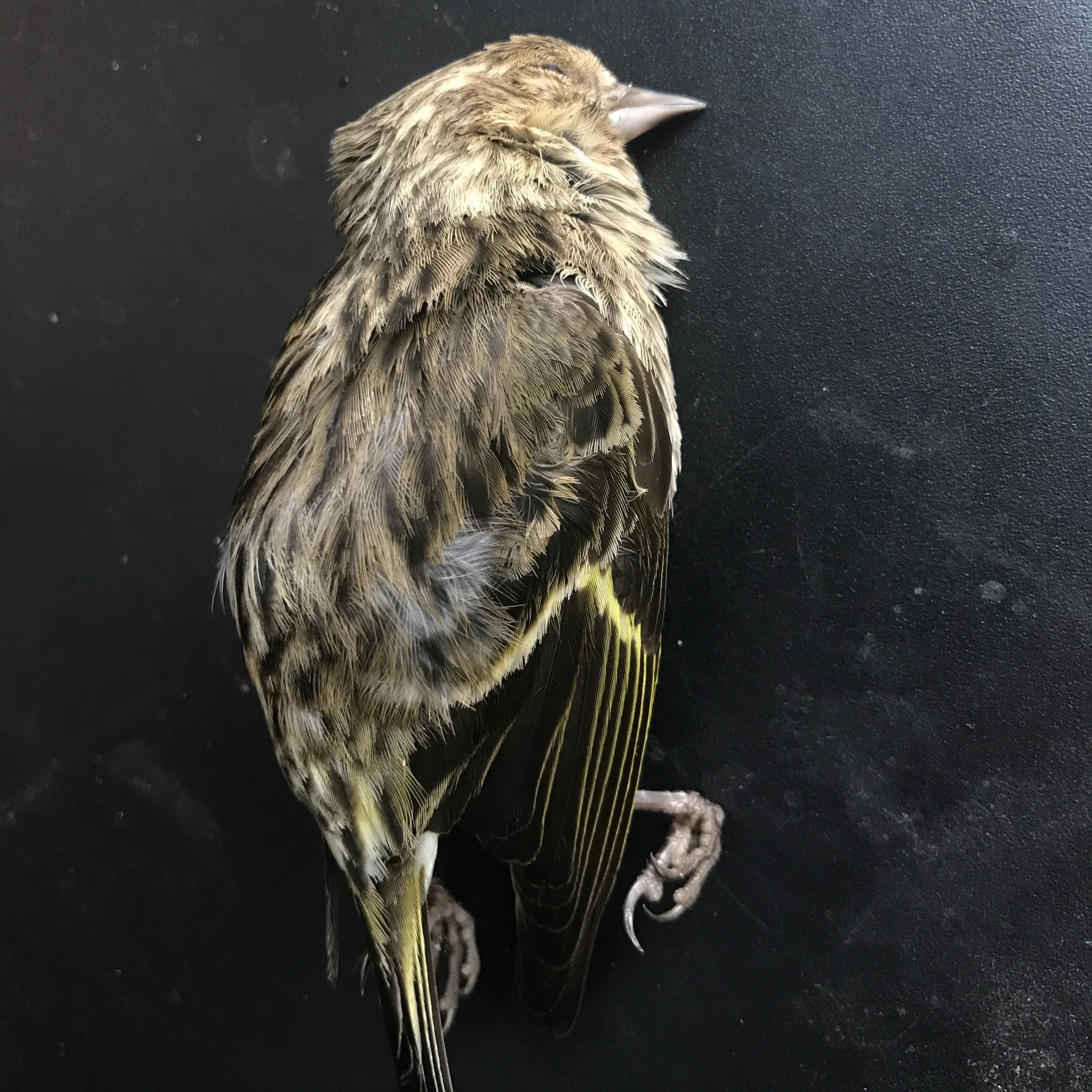
Ep. 235 : Pine Siskins
I just got home from Algonquin Park. I got the privilege to spend the past week tracking Wolves, Moose, Martens, Grouse, Flying Squirrels, and so many other creatures throughout the length of the park. It was magical, inspiring and motivating. Restful as much as exhausting.
One animal I spent some time learning about over the week was the Pine Siskin, as they were my focal species for the week. Sadly on our last day, two dead Pine Siskins were found on highway 60, hit by vehicles as they were on the road, consuming the de-icing salts.
I decided on the way home I would do a little research and make the next show all about them. Here’s to the Siskins and all they’ve taught and inspired in me.
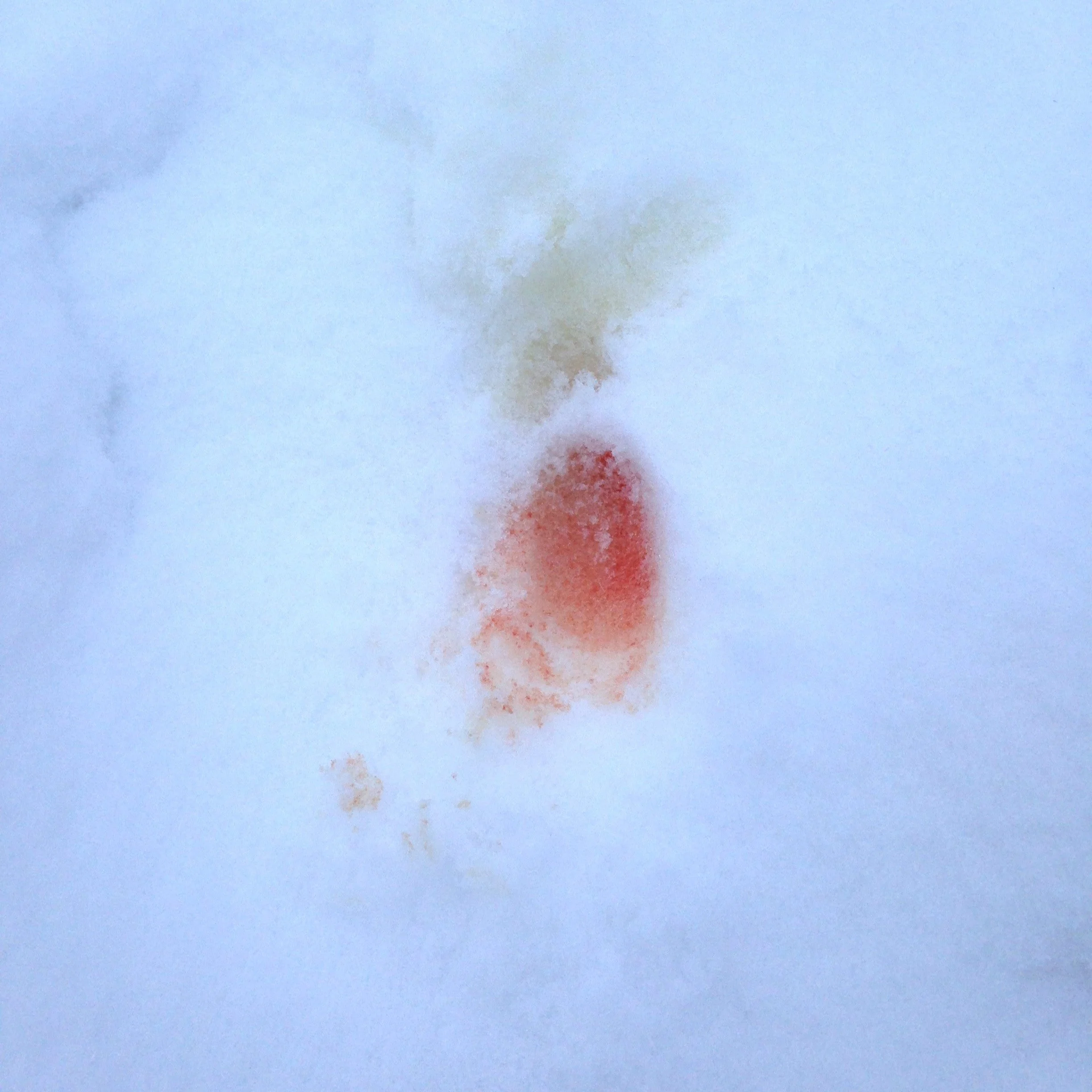
Ep. 234 : Courting Behaviours of the Eastern Coyote
It’s that time of year again, when the animals are getting out and getting down. While driving home the other day I drove past a forest where I had once trailed a part of courting Coyotes and realized that now is the time we will be seeing these courting behaviours. I had written about them before, but it was worth revisiting as it will likely be coming up on the land, and in my classes.

Ep. 233 : On the Fisher Trail
Once again I have been inspired by the Fisher to dig a little deeper into their ecologies, behaviours and the signs they leave behind. There is always so much to know that another show about them, relating another story of following the Fisher trail seemed worthwhile.

Ep. 232 : Winter Solstice
As we get ready for the longest night of the year, it’s also a time to celebrate traditions and set our sights for the new year with the rebirth of the Sun. Making radio for me also holds traditions embedded within the episodes. Every Solstice I dig into the archives and pull out a rebroadcast which was originally aired December 21st, 1985 at 10:30pm on the BBC. And now, for the 6th year in a row, I get to broadcast one of my favorite pieces of radio.
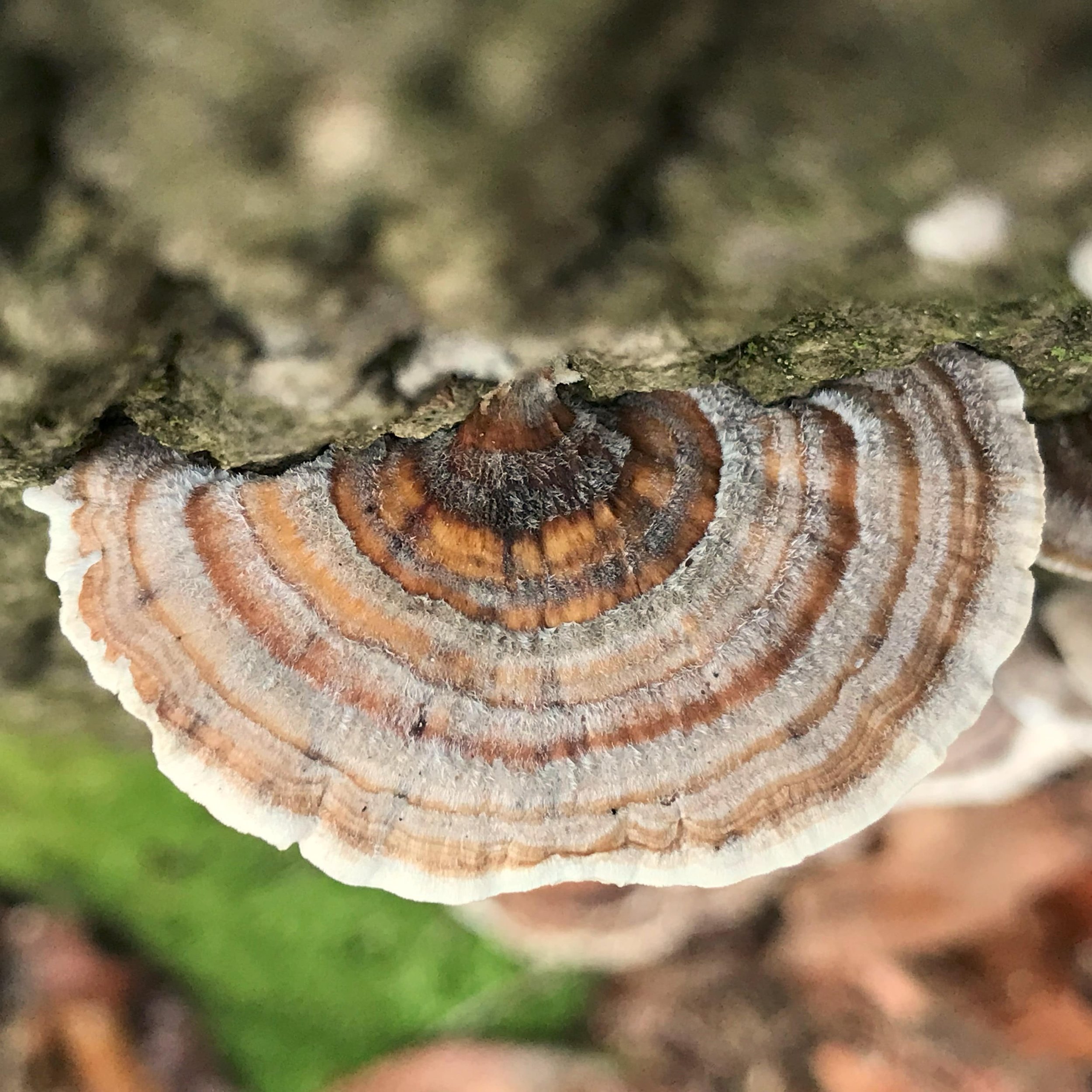
Ep. 231 : Turkey Tail
You know when there is someone kicking around the party whom you recognize, maybe even say hello to, but you just don’t know that well? Or perhaps you two have been acquainted for a while but something comes up and that gets you talking a little more intimately? I feel like that with Turkey Tail (Trametes versicolor). I wanted to try my hand at foraging and creating some medicine, but really I needed to read up on what others have sorted out before I prepare anything for ingestion.
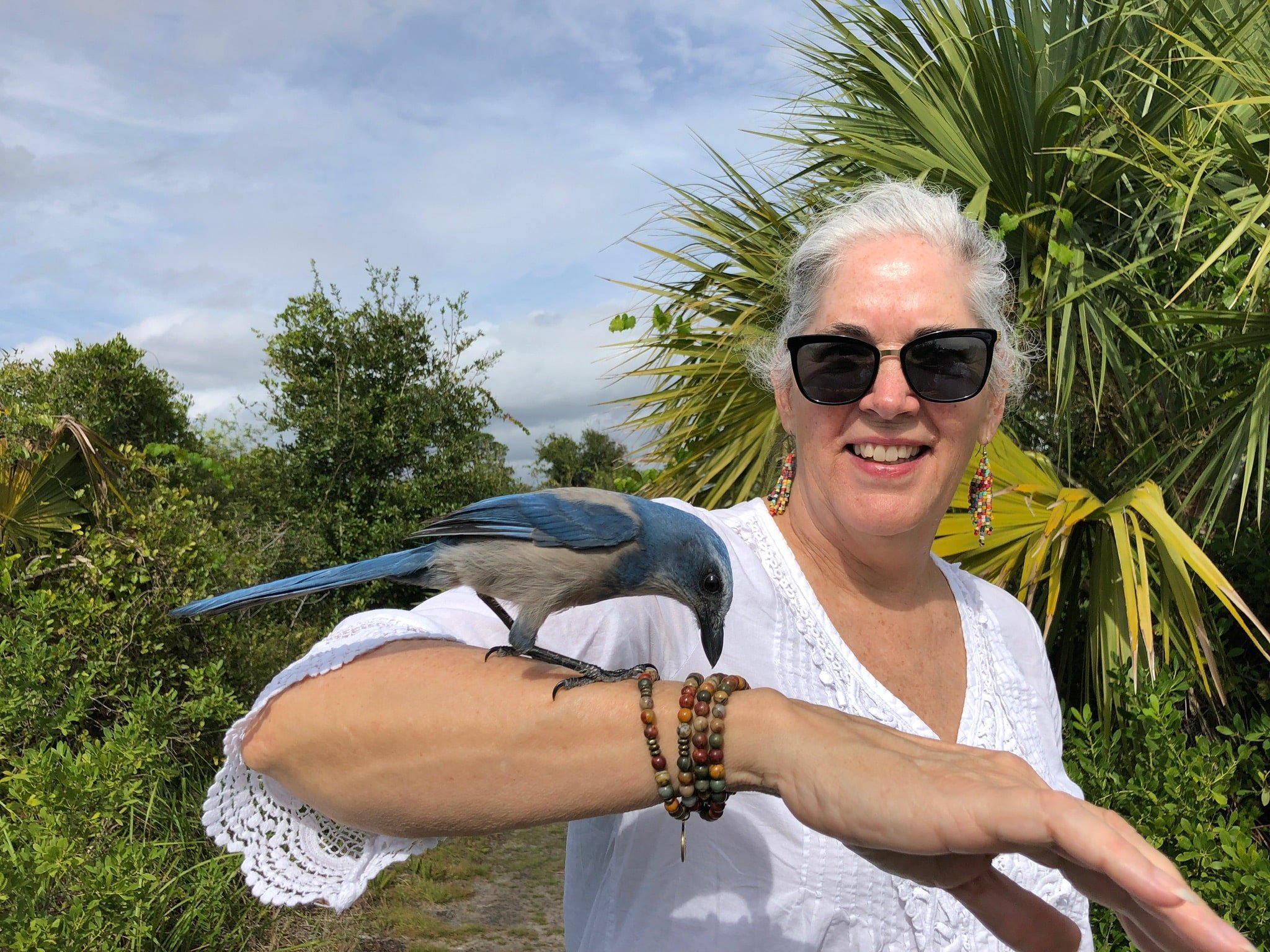
Ep. 230 : In Conversation with Lisa Donahue
How do we aim to teach about a land which has been occupied through theft, displacement, war, and genocide? How can we say we work towards loving relationships with ourselves, with each other and the land when this is the past and present reality of the place we inhabit and the position of the states we are governed by?
I got to talk with a mentor, friend, and elder in my community, Lisa Donahue, about how we can struggle to do the work of bringing folks outside and teaching them alongside the land when the context is rife with harm. As always, Lisa shared from the heart with precision, passion and a poignant reckoning of the ongoing need to work towards justice, peace and good relations. I am so grateful for her wisdom, her humility and her care.

Ep. 229 : A Mushroom Folk Tale
My room, my house, my bags are all full of books, twigs, fruits, feathers, seeds, nuts, and bits of mushrooms this time of year. So too my stomach, my dreams, and my heart. My bedroom is littered with naturalist books and books of fairy tales and myths which I pull out and read before I turn out the light. I love the folk tales because if you read them in the right light, they share stories of relationships with the land from before christian colonization. For me, of european descent, this gives insight to how my ancestors may have gotten to know the places they lived and who they depended on to live good lives in relation with the lands they lived with.
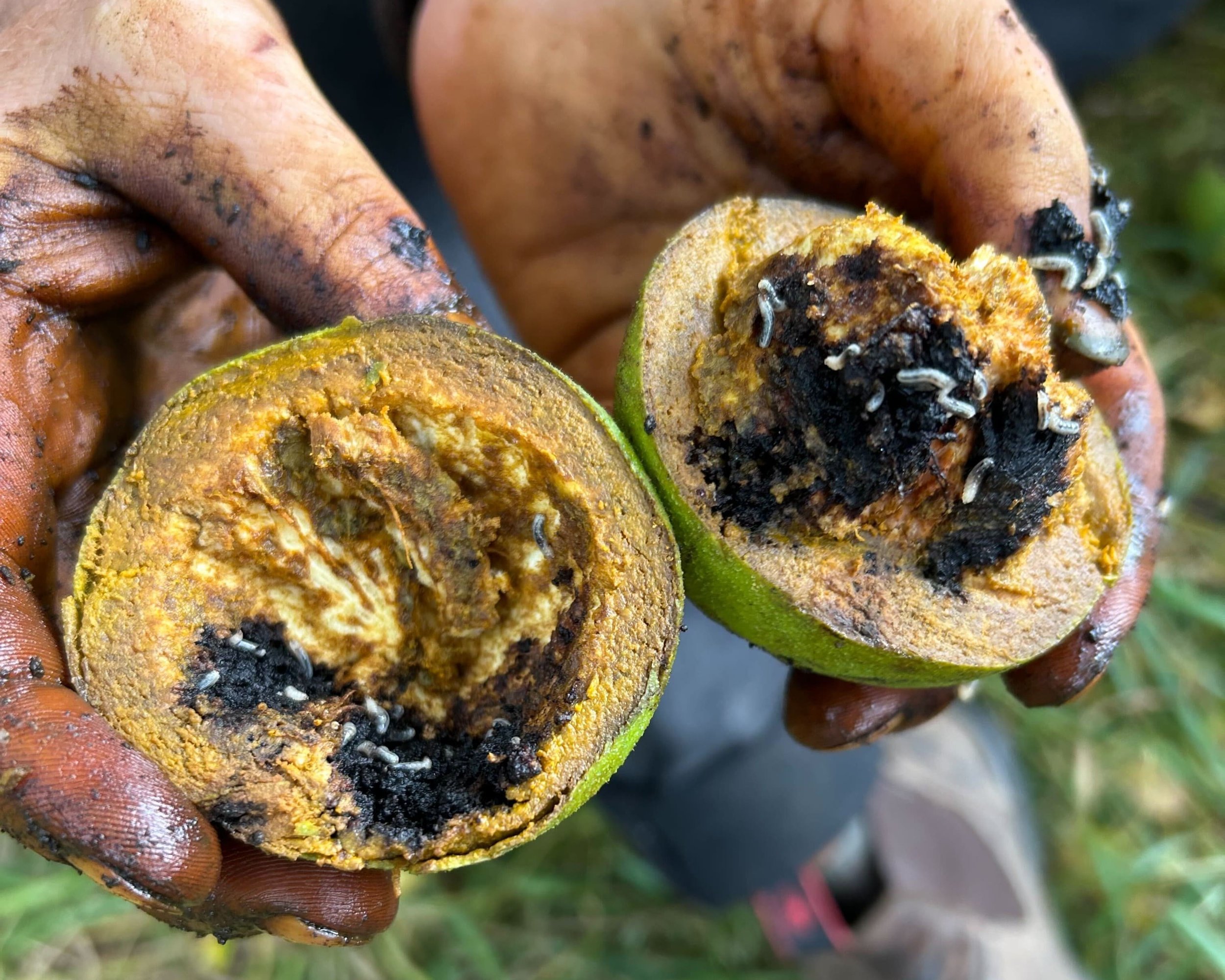
Ep. 228 : Walnut Husk Maggot Fly
Every big mast year for Black Walnuts I like to harvest a ton of them and then process them for both the husks and the nutmeat inside. While the nutmeats are very troublesome to access it is getting easier as I learn which tools are better than others, and the food value is totally worth it. As for the husks, it’s pretty easy to rip or cut them off of the nut. This year, as in previous years as well, there has been a small ethical dilemma which has come up when using the husks for dye. Nestled in the husks are small larvae of what I believe to be the Walnut Husk Maggot Fly which is a fruit fly I don’t know much about. But because I love Walnuts, I figured I should learn.
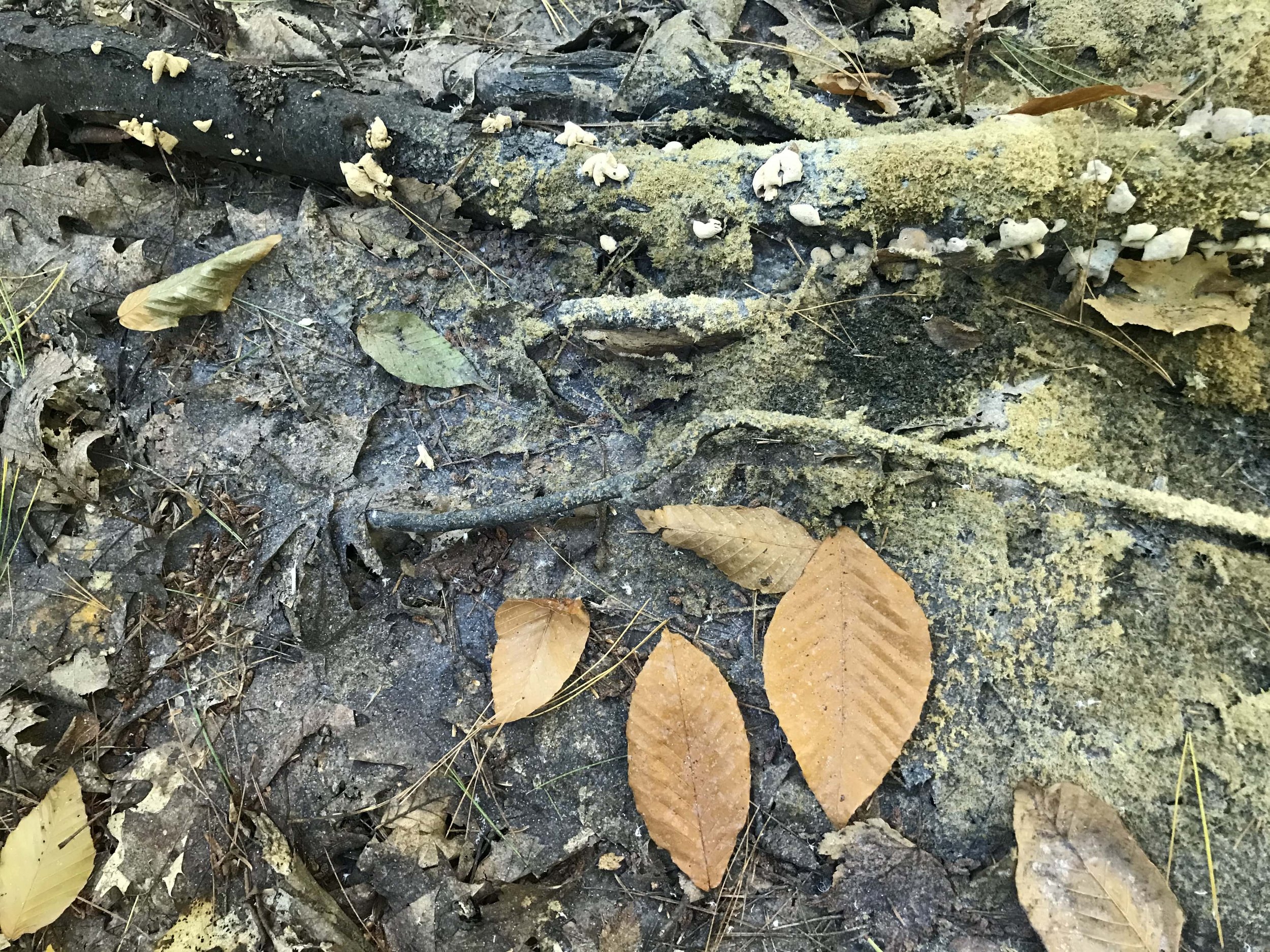
Ep. 227 : Honey Dew Eater
Scattered in the back of the Main tract there are many American Beech trees. Some tall, some small, but they are there amidst the Red Oaks (Quercus rubra) and Sugar Maples. If you look close at the branches of these Beech trees you'll find little white fluffy insects dancing about in huge colonies. These are the Wooly Beech Aphid and they are there sucking sap out of the Beech tree. Now when any animal consumes their fill of whatever it is they are consuming, they must release the waste, and so too with the Aphids. This waste, called Honey Dew, is dropped and as it falls lands on the leaves, branches, and ground below. When this happens, the spores of the Honey Dew Eater come around and land on the Honey Dew and begin their life cycle.

Ep. 226 : Lichens with Troy McMullin
Lichens been a draw for me for the last few years. When it comes to a diversity of lifeforms coming together in a fungal structure to draw down nutrients from the atmosphere, to beautify a landscape, to feed some of the largest land mammals down to sheltering some of the smallest arthropods, I’m hooked.
For many of us, the problem has been where to start, how to get into the lichens, how to identify them and how and where do we learn what roles and functions these forms of life have on the land?
In comes Dr. Troy McMullin, lichenologist, author of dozens of papers on lichens, describer of 10 species new to science, and author of the new book Lichens : The Macrolichens of Ontario and the Great Lakes Region of the United States out on Firefly Books.
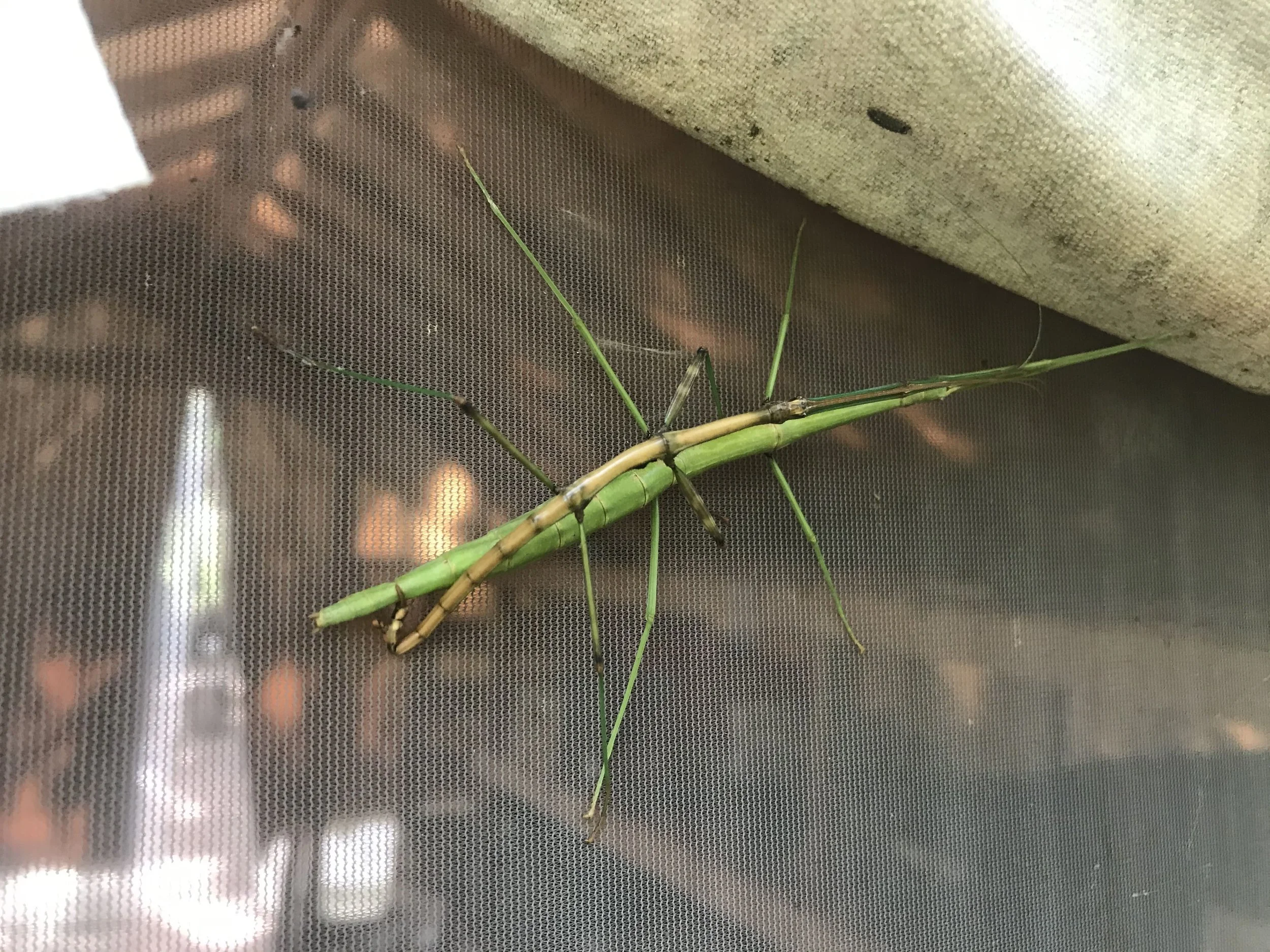
Ep. 225 : Walking Stick Insects
Last Thursday a call came over the radio at work. “I just want to let everyone know that there are two Walking Sticks mating on the tent”. I can’t really remember what I was doing with the students at the time, but we all dropped everything and made our way, some faster than others. I had seen a couple of Walking Sticks over the Summer, but realized, while jogging through the forest on my way to see these two going at it, that I knew very little about the life cycles, ecology and overall natural history of this species or the order as a whole. I figured I should observe the mating pair carefully, and then research a bunch when I get home.
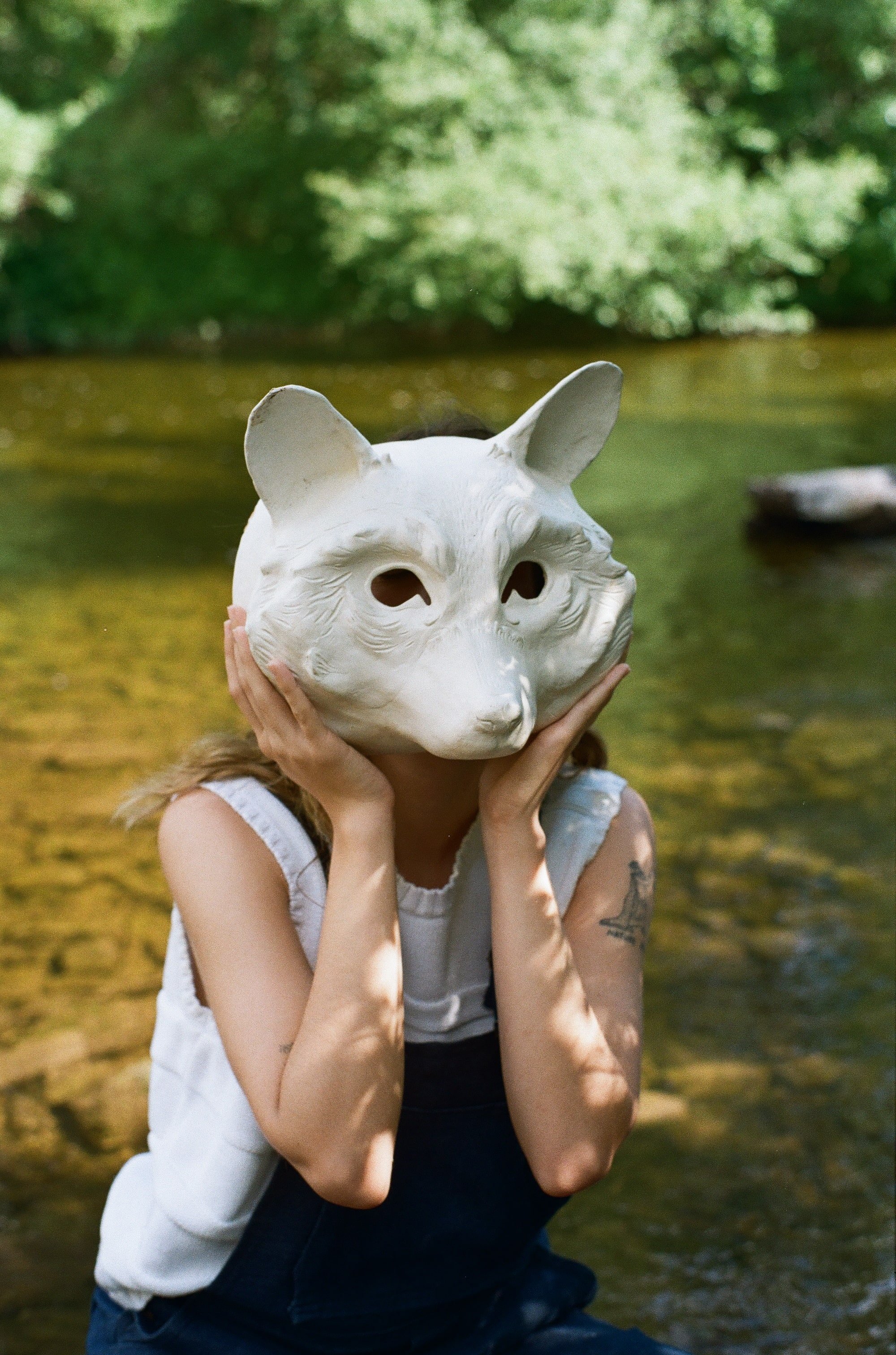
Ep. 224 : Animal Forms with Miki Tamblyn
Animal Forms is a project is all about empathy, about remembering how to be in connection with the other-than-human world. As Miki asks, “aims to explore how we (humans) can imagine ourselves in the place of the other people we share our planet with. How might our thoughts and actions change if we practiced seeing the world through another's eyes?”
Miki Tamblyn has created a project where folks can practice being an other-than-human animal.
We sat down at the site of the project, along the Eramosa River in Guelph to discuss inspiration, project formation, overall response to the project and its goals, as well as the experience of embodiment of another form of life.
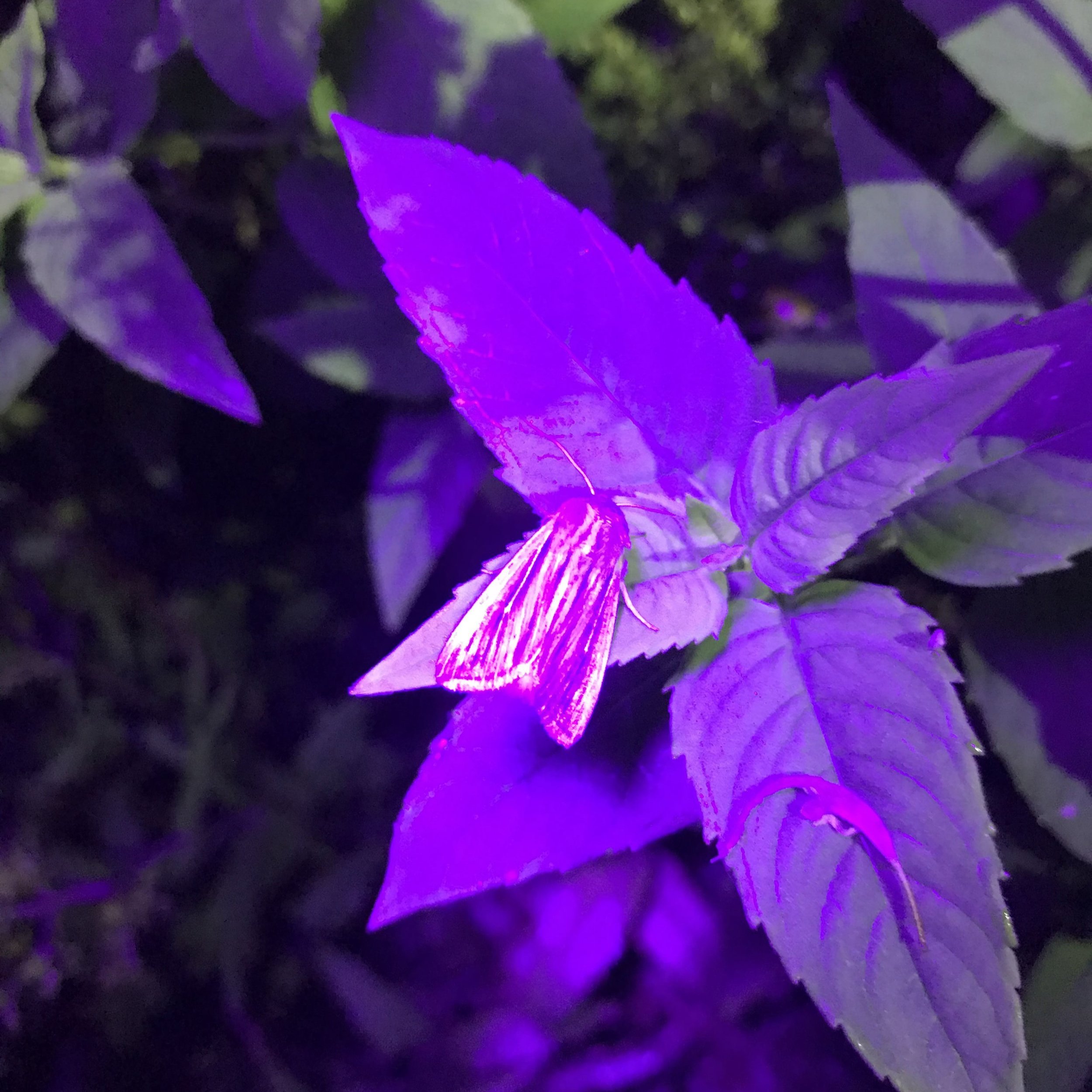
Ep. 223 : Moth Garden with Lisa Hirmer and Christina Kingsbury
In some circles, reciprocate is the new “sustainable”, a hot word which implies a lot but isn’t always doing what we might imagine. But how can we try to actually live up to, and create the reciprocity, the giving back and forth, to that and those who give us so much?
For me, Moth Garden feels like a project trying to demonstrate reciprocity in a real, tangible, replicable ways. Christina Kingsbury and Lisa Hirmer have been researching, planting, growing and shaping a garden with an intention of creating sensory worlds for/of the more-than-human, nourishing spaces planted with food, shelter, and room for transformation and rest; planted for often maligned and misunderstood members of our broad interspecies communities.
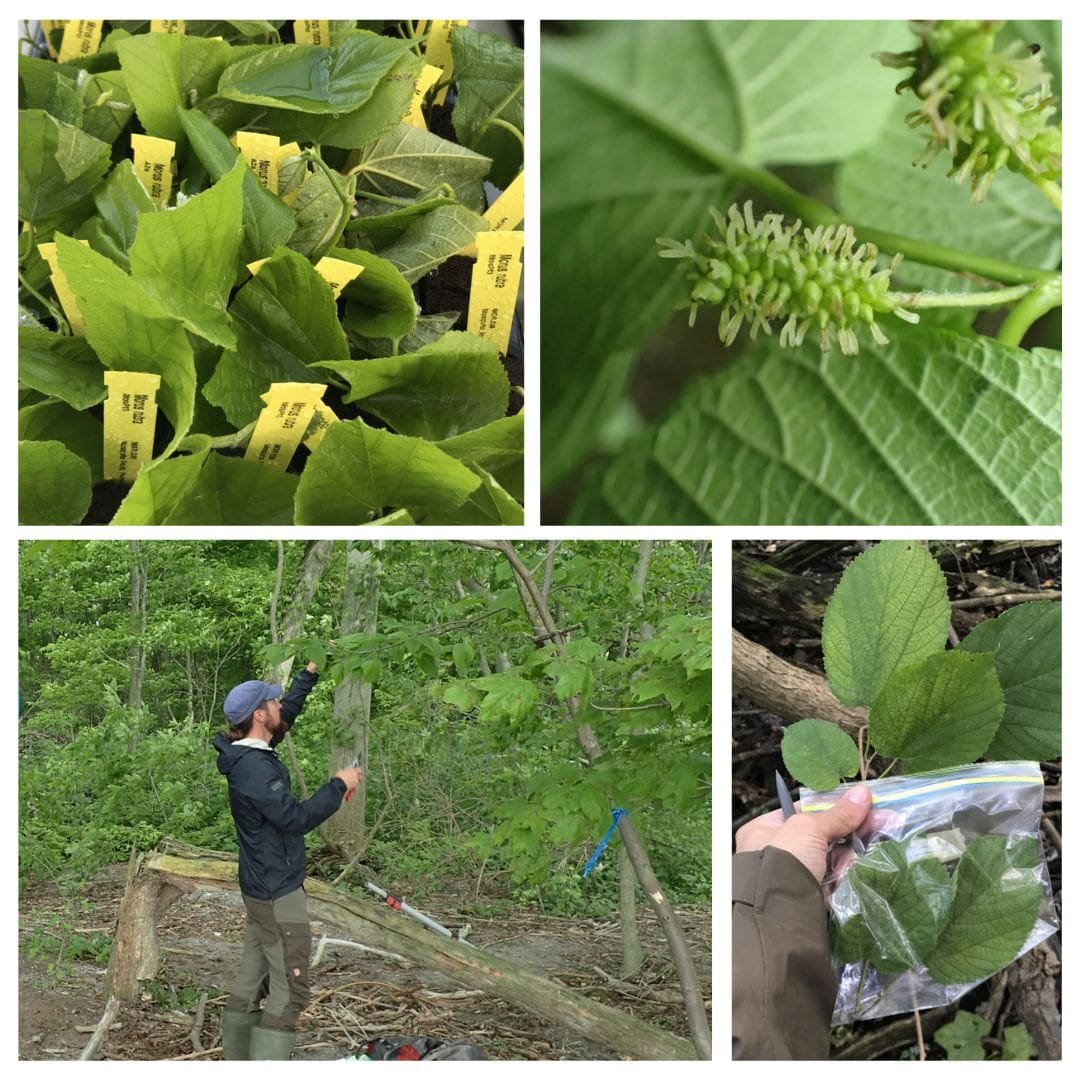
Ep. 222 : Red Mulberry Recovery Program with Sean Fox
A couple of days after my recent interview discussing Mulberries with Matt Soltys, the Arboretum at the University of Guelph shared a couple of posts on instagram about the Red Mulberry Recovery Program where researchers are looking into how to identify, propagate, and eventually distribute Red Mulberries to their partners. They are also trying educating the public on how the White or Asian Mulberries can be detrimental to conservation of the Red Mulberries. Immediately I wrote to them to try and set up and interview.
Gratefully Sean Fox, senior research associate at the Arb, took the the time to get into the complexity and nuance of dynamic movements of species and how we can take actions towards conservation of a species which is endemically endangered.
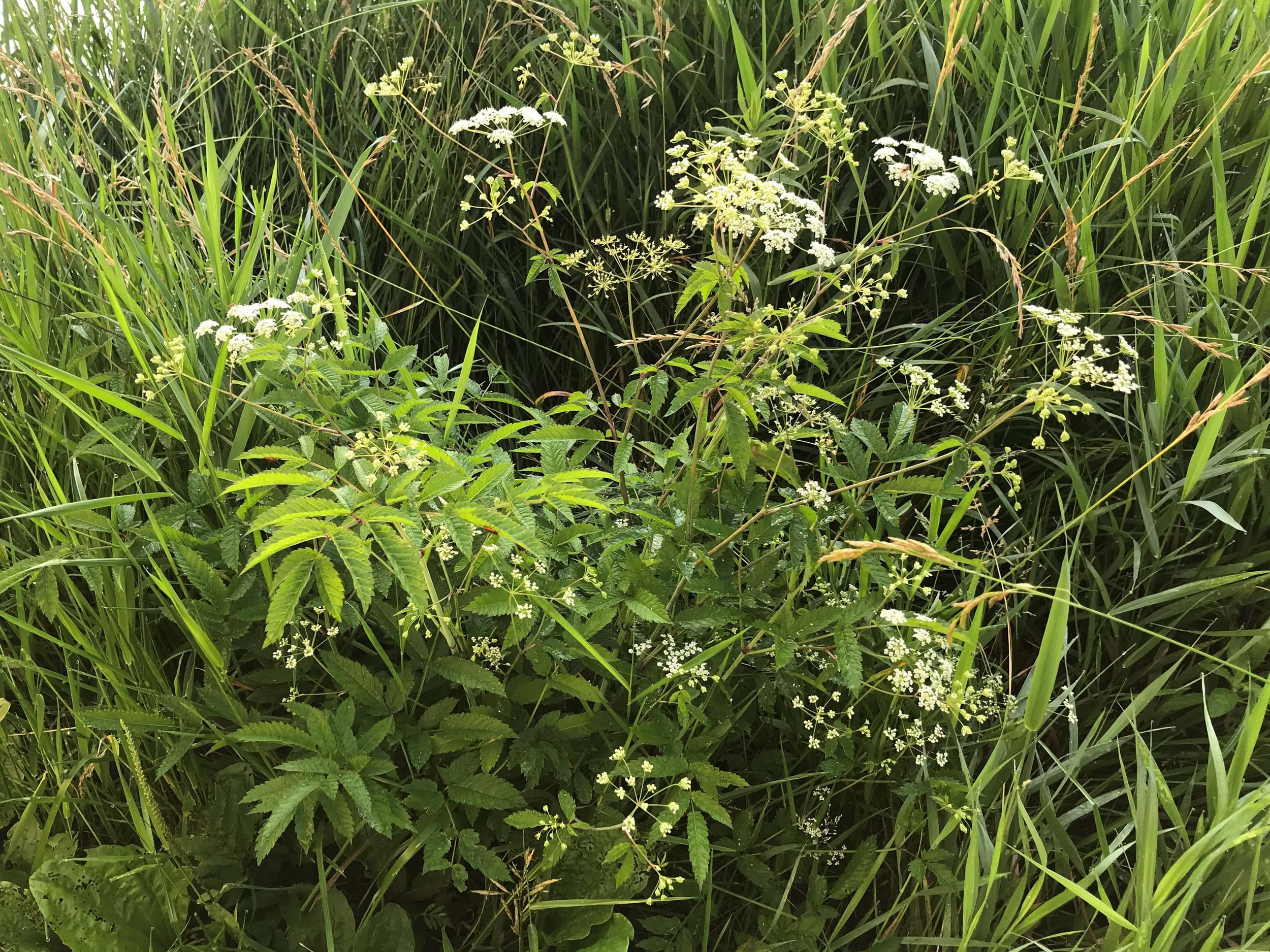
Ep. 221 : Exploring Water Hemlock
I have had a long curiosity regarding Water Hemlock ever since I had heard of them. Perhaps the most toxic plant on Turtle Island/North America. Of course I would be enamoured! I misidentified them for a couple of years thinking I knew who they were, but it wasn’t until the past four or five years that I began taking a closer look, seeking them out, learning the lore, and reading the sometimes sparse literature on the plant. This show is an effort to collect my thoughts and learning, and to make the recent blog post, which has lots of good photographs to assist with proper i.d., more accessible to those who don’t want to read it all but would rather listen to it instead.

Other platforms where you can listen to the show :
As well as : Breaker : Overcast : Pocket casts : RadioPublic



